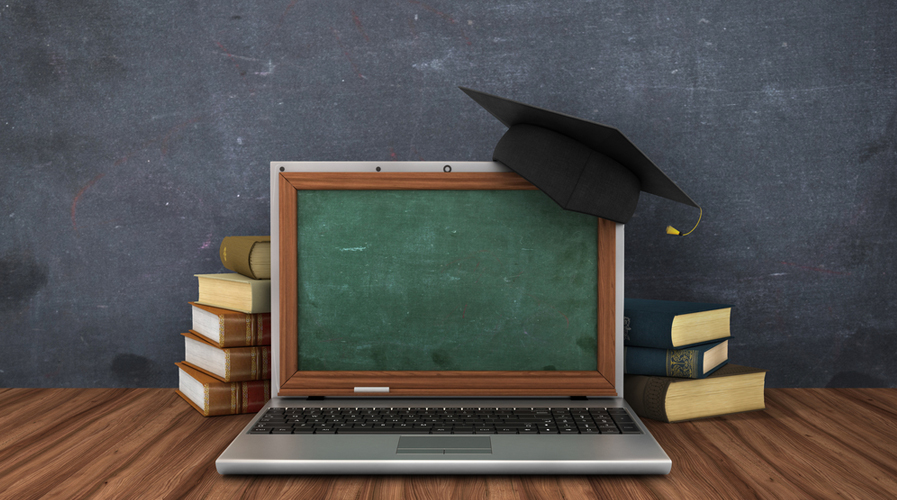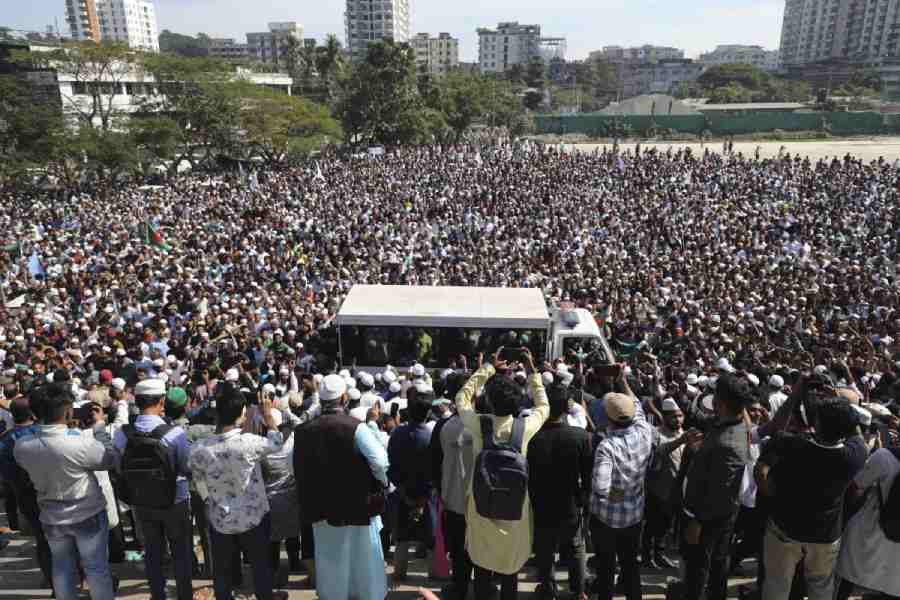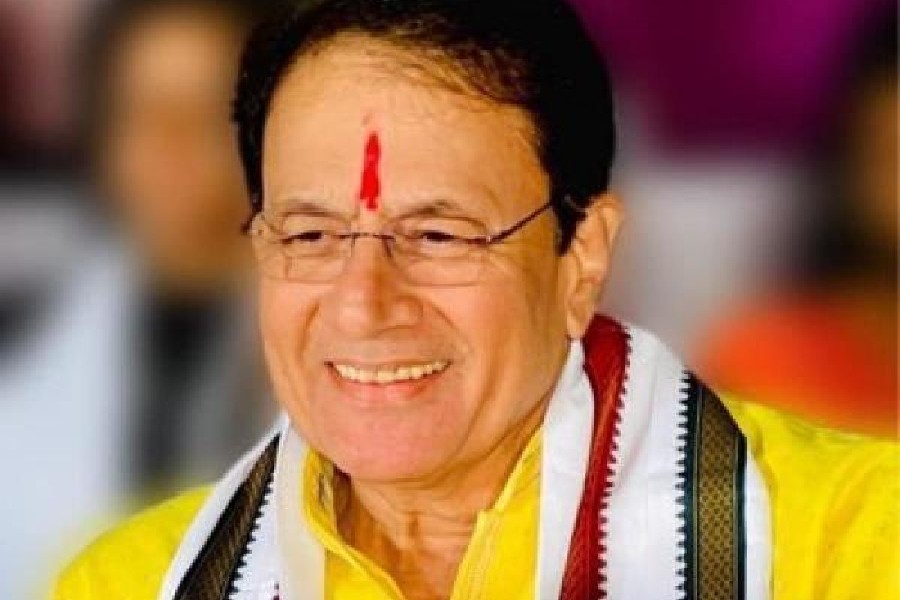The ills plaguing school education in India are manifold. No sooner have enrolment numbers reached pre-pandemic levels than problems — old and new — have arisen. Responses to questions in Parliament have bared abysmal teacher-student ratios in India’s classrooms, with densely populated states faring poorly. Bihar has 60 students per teacher in the primary section, while the national capital has 40. Jharkhand and Haryana, with 33 and 32 students per teacher, respectively, are two other states with pupil-teacher ratios worse than the number recommended — 30 students per teacher in the primary section — by the Right to Education Act. The statistics are slightly better in the upper primary section. Delhi tops this group with 39 teachers per pupil, while Jharkhand has 38. West Bengal just about meets the threshold of the recommended ratio of 35:1. Some of the most populous states also have the highest number of schools with only one teacher. Madhya Pradesh has 16,630 single-teacher schools and Andhra Pradesh has more than 12,000 such schools. There has been a meagre 8.26% increase in the budgetary allocation on education to Rs 1.13 lakh crore this year. Such miserly increments are unlikely to resolve the hydra-headed problems that confront school education.
The paucity of investment in education for a nation that seeks to be a knowledge society is appalling. Numbers tell the story. India spends only 2.9% of its GDP on average on education while Scandinavian countries — not quite the biggest of economies but with sizeable investments in education — have far healthier teacher-student ratios. What is evident is that India has got its priorities muddled up. Investments in education or, say, in health and nutrition on the part of the State remain dismal statistics. This is certainly unfortunate. Research has repeatedly shown that robust investments in these spheres are fundamental to national growth and development. Policy transitions have also contributed to the crisis. The State’s gradual withdrawal from public welfare has corresponded with an increasing privatisation of education. Coupled with this is the present dispensation’s thrust towards a markedly utilitarian — cosmetic — approach towards education in general. The possibility of the persistence of these glaring deficiencies in school education — the poor teacher-student ratio is just one manifestation — cannot be ruled out on joining the above mentioned — dispiriting — developments.











